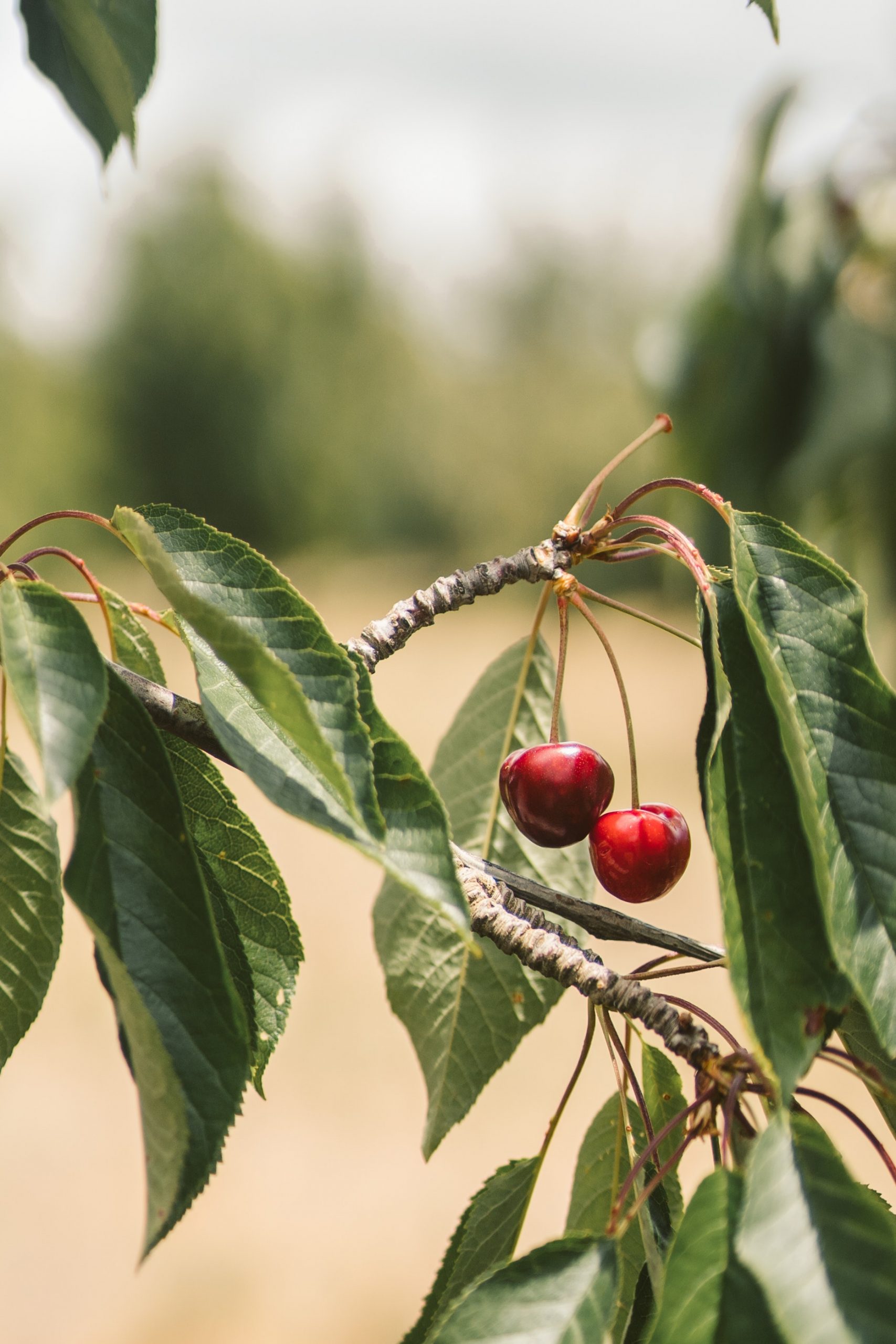Farm vehicles heavy as dinosaurs jeopardize future food security
Mechanization has greatly contributed to the success of modern agriculture, with vastly expanded food production capabilities achieved by the higher capacity of farm machinery. However, the increase in capacity has been accompanied by heavier vehicles that increase the risk of subsoil compaction.
While the total weight of laden combine harvesters could be around 4 tonnes in the late 1950s, we can today see modern vehicles weighing 36 tonnes in the fields, and the researchers behind the present study decided to investigate what this development has meant for arable land. The contact stress on the soil surface turned out to have remained constant at a low level during this period, which is due to the fact that the machines have been fitted with ever larger tires that distribute the weight over a larger surface. In the deeper soil layer, the subsoil, on the other hand, soil compaction has increased to levels that jeopardize the soil’s ability to produce food. This also has consequences for the soil’s ability to transport water and provide other important ecosystem services.
Partnership shares genetics for earlier ripening, grower-friendly sweet cherries
Flavorful sweet cherries that ripen earlier and are more practical to grow are the goal of a new project led by scientists at Washington State University and Sun World International, a global fruit company.
Launched this spring, the agreement allows researchers to exchange and study genetic material from their respective collections, potentially speeding up breeding and release of improved cherry varieties for orchards in the greater Northwest, California, and worldwide.
“Sun World has desirable germplasm that we want, and we have material that they can benefit from,” said Per McCord, WSU Horticulture associate professor and stone fruit breeder. “Now, we’re able to share our parental varieties for new crosses, and potentially, high quality releases.”
“In addition to supporting research between a public university and a private company, our combined efforts will result in the development of novel cherry varieties with strong consumer appeal,” said Terrence Frett, sweet cherry breeder and molecular specialist at Sun World. “Through our global network, we will enable growers around the world to produce these WSU-Sun World varieties.”
Breeding transforms sorghum’s potential as biofuel of the future for northern latitudes
AMES, Iowa – The biofuel of the future may well be sorghum-based, thanks to new inbred lines that are significantly more productive and cold-hardy than sorghum plants of the past.
Maria Salas-Fernandez, associate professor of agronomy, developed the lines, recently released through Iowa State University, with improved genetics capable of producing hybrids that deliver high biomass yields adapted to northern latitudes.
Sorghum is a popular crop worldwide, used primarily as grain, livestock feed and sweetener. Until now, the plant, which originated in the tropics, has done best in warmer regions with longer growing seasons than the upper Midwest. The new Iowa State lines break through this challenge by producing “photoperiod-sensitive hybrids,” which means they don’t flower or produce grain. This allows the hybrids to grow longer, accumulating biomass until the first frost, up to a month later than traditional sorghum plants.
“Sorghum has great potential as an energy crop,” Salas-Fernandez said. “Our new lines, IA100RPS and IA101RPS, produce hybrids with three times more dry matter than corn stover, yet need less nitrogen to grow.”
The biomass productivity of the hybrids generated with the new lines even exceeds miscanthus, a perennial adapted to cold environments and investigated for biofuels.

